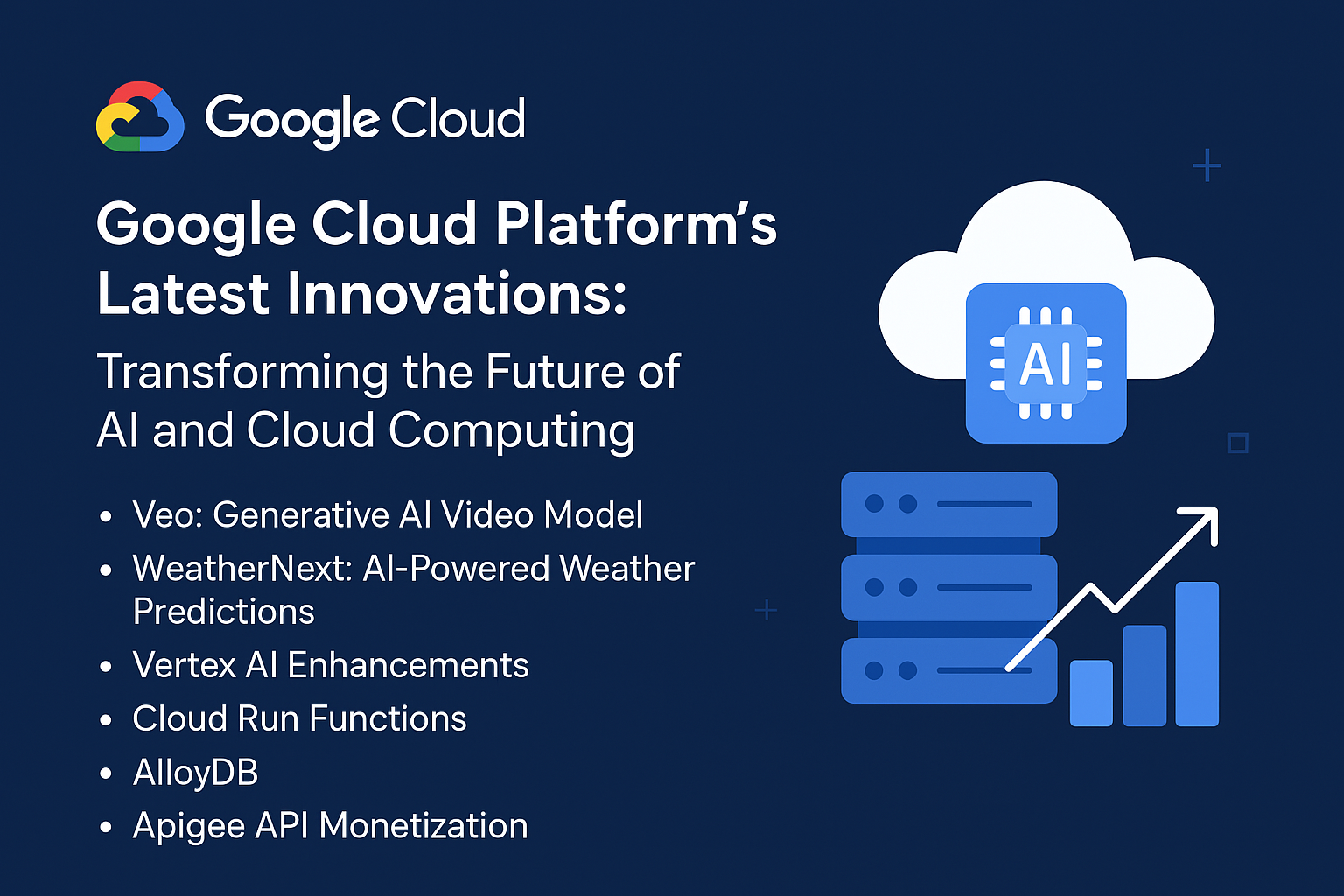
How to Protect AI Training Data in Cloud Environments
citadelcloud
Artificial Intelligence (AI) is revolutionizing industries by enabling organizations to derive insights, automate processes, and enhance decision-making. Central to the success of AI applications is the data used for training algorithms. However, as organizations increasingly migrate their AI workloads to cloud environments, safeguarding AI training data has become paramount. This article delves into the strategies and best practices for protecting AI training data in cloud environments.
Understanding the Importance of AI Training Data
AI training data is essential for teaching models how to perform tasks effectively. The quality, diversity, and volume of this data significantly impact model performance. However, training data can also be vulnerable to various threats, including unauthorized access, data breaches, and malicious tampering. Protecting this data is not only a matter of safeguarding intellectual property but also ensuring compliance with data protection regulations and maintaining customer trust.
Identifying Risks to AI Training Data
Before implementing protective measures, it’s crucial to understand the potential risks associated with AI training data in cloud environments:
- Data Breaches: Unauthorized access to sensitive training data can lead to significant financial and reputational damage.
- Data Tampering: Attackers may alter training data to manipulate AI model outputs, leading to incorrect predictions or harmful decisions.
- Insider Threats: Employees or contractors with access to training data may misuse it for malicious purposes or inadvertently expose it.
- Compliance Violations: Failing to protect training data can result in non-compliance with regulations like GDPR or HIPAA, leading to hefty fines.
- Data Loss: Cloud outages or data corruption can lead to the permanent loss of valuable training datasets.
Best Practices for Protecting AI Training Data in Cloud Environments
To mitigate these risks, organizations must implement a comprehensive data protection strategy. Here are some best practices:
1. Data Encryption
Encrypting AI training data both in transit and at rest is crucial for protecting it from unauthorized access. Here are some encryption practices:
- In-Transit Encryption: Use protocols like TLS (Transport Layer Security) to secure data as it travels between your systems and cloud services.
- At-Rest Encryption: Implement encryption methods such as AES (Advanced Encryption Standard) to protect stored training data.
- Key Management: Use robust key management practices to protect encryption keys. Consider hardware security modules (HSMs) for key storage.
2. Access Control
Implement strict access control measures to limit who can view and modify AI training data:
- Role-Based Access Control (RBAC): Assign permissions based on user roles to ensure that only authorized personnel can access sensitive data.
- Multi-Factor Authentication (MFA): Require multiple forms of verification before granting access to cloud environments containing training data.
- Regular Audits: Conduct regular access audits to identify any unauthorized access attempts or anomalies.
3. Data Anonymization
Anonymizing training data helps protect sensitive information while still allowing organizations to train effective AI models:
- Data Masking: Replace sensitive data with masked values that retain the data’s structure but hide its actual content.
- Differential Privacy: Use techniques that add noise to datasets, allowing organizations to analyze data without exposing individual records.
4. Secure APIs
When integrating AI training data with cloud services, securing APIs (Application Programming Interfaces) is critical:
- API Gateway: Implement an API gateway to manage and secure API traffic, enforce rate limiting, and monitor API usage.
- Authentication and Authorization: Use OAuth or API keys to authenticate and authorize API requests, ensuring only trusted sources can access your data.
5. Data Backup and Recovery
Regularly backing up AI training data ensures that you can recover it in the event of data loss or corruption:
- Automated Backups: Schedule automated backups to ensure data is consistently saved without manual intervention.
- Offsite Storage: Store backups in a separate geographic location to protect against local disasters and outages.
6. Continuous Monitoring and Threat Detection
Proactive monitoring of cloud environments can help identify and mitigate threats before they result in data breaches:
- Intrusion Detection Systems (IDS): Implement IDS to monitor network traffic for suspicious activity related to AI training data access.
- Log Analysis: Regularly analyze logs for unusual access patterns or data manipulation attempts, and set up alerts for anomalies.
7. Compliance with Regulations
Ensure that your data protection strategies comply with relevant regulations:
- GDPR: Understand your obligations under the General Data Protection Regulation, including data protection impact assessments and user consent.
- HIPAA: For organizations handling healthcare data, comply with the Health Insurance Portability and Accountability Act by implementing required safeguards.
8. Training and Awareness
Educating employees about data protection best practices is vital for minimizing human errors and insider threats:
- Security Awareness Training: Conduct regular training sessions on data security, privacy regulations, and potential threats.
- Phishing Simulations: Run phishing simulations to help employees recognize and avoid common social engineering tactics.
Frequently Asked Questions (FAQs)
Q1: What is AI training data?
A1: AI training data consists of datasets used to train machine learning models, enabling them to learn and make predictions or decisions.
Q2: Why is protecting AI training data important?
A2: Protecting AI training data is crucial to prevent data breaches, ensure compliance with regulations, and maintain the integrity and performance of AI models.
Q3: What are the best methods for encrypting AI training data?
A3: Best methods include using TLS for in-transit encryption and AES for at-rest encryption, along with robust key management practices.
Q4: How can organizations ensure compliance with data protection regulations?
A4: Organizations can ensure compliance by understanding relevant regulations, implementing necessary safeguards, conducting regular audits, and training employees on data protection practices.
Q5: What role does access control play in data protection?
A5: Access control helps limit who can view or modify AI training data, reducing the risk of unauthorized access and insider threats.
Q6: How often should AI training data be backed up?
A6: Organizations should implement automated backups at regular intervals, depending on the criticality of the data and business needs.
Conclusion
Protecting AI training data in cloud environments is a critical concern for organizations harnessing the power of AI. By implementing a combination of encryption, access control, data anonymization, and continuous monitoring, organizations can significantly reduce the risks associated with their training data. Furthermore, fostering a culture of security awareness and compliance will help ensure that sensitive data remains protected while enabling the continued advancement of AI technologies. As AI continues to evolve, so too must our strategies for safeguarding the data that drives innovation.
Table of Contents
Latest Articles

ADDRESS
Houston, Texas USA
US LINE
+1 (346) 652-4970
NIGERIA LINE
081 2852 0152
MAIL ADDRESS
info@citadelcloudmanagement.com
QUICK LINKS
- © 2025. All Rights Reserved By Citadel Cloud Management
